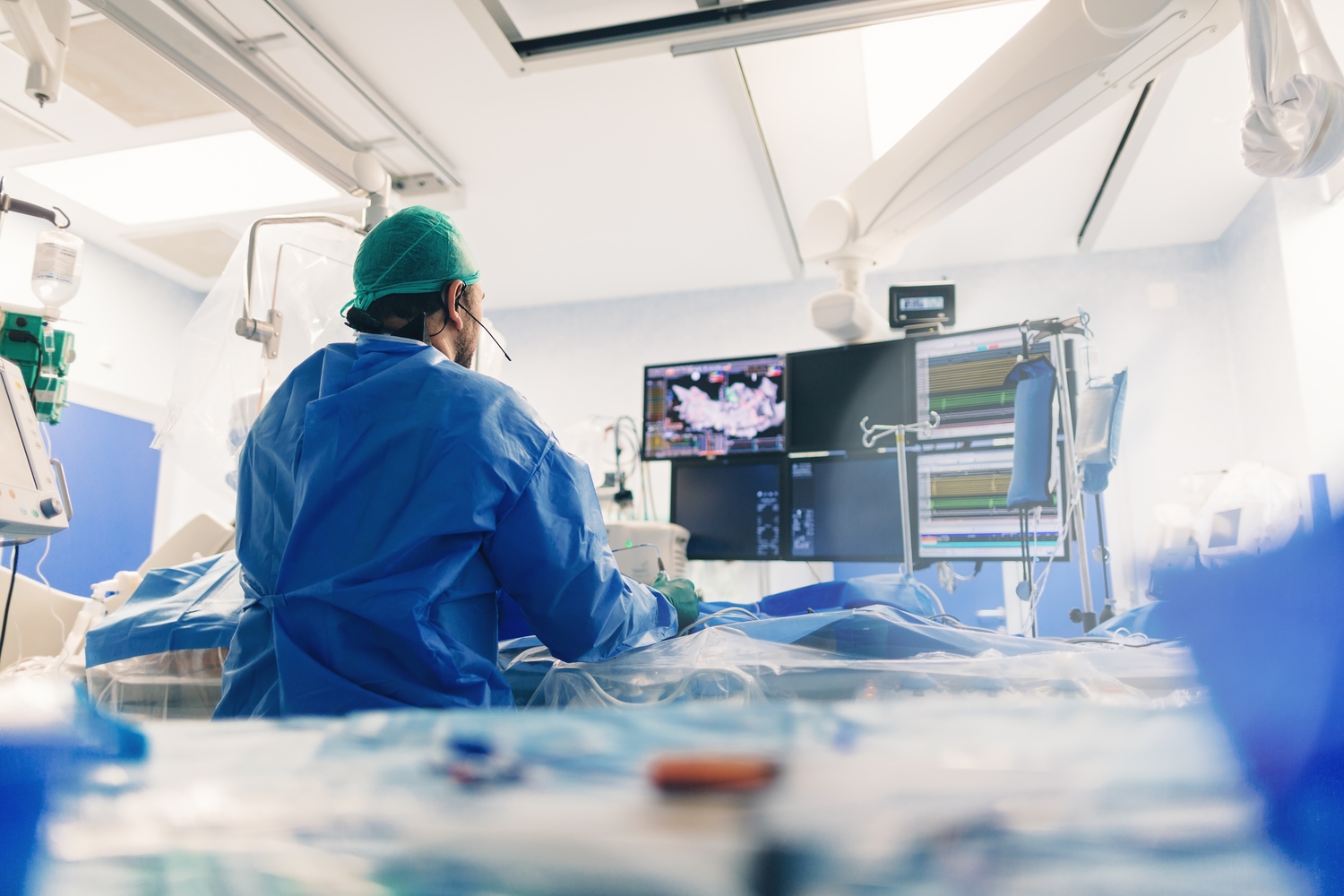Understanding Angiography: A Complete Guide
This comprehensive guide explains angiography, a key diagnostic tool for cardiovascular health. It covers the procedure steps, preparations, risks, and post-care to help patients understand what to expect. Angiography helps detect blockages, aneurysms, and blood clots, guiding treatment options like angioplasty. Understanding the process empowers patients to prepare better and manage their healthcare journey effectively. Always seek professional medical advice for personalized information.
Sponsored

An angiography is a crucial diagnostic technique used to visualize blood vessels and assess cardiovascular health. This detailed article explains what angiography is, its purpose, the steps involved in the procedure, potential risks, and post-procedure care. It helps patients understand what to expect, how to prepare, and the importance of this imaging method in detecting issues like blockages, aneurysms, and blood clots, enabling effective treatment planning.
What Does an Angiography Entail?
Also called arteriography, this imaging process uses X-rays and a special dye injected into your blood to make vessels visible. The dye outlines blood pathways, allowing doctors to identify abnormalities and plan interventions.

Why Is Angiography Performed?
This procedure helps diagnose conditions like:
Coronary artery obstruction or narrowing (CAD)
Detection of aneurysms or abnormal vessel dilation
Peripheral artery issues affecting limbs (PAD)
Vascular malformations
Blood clots in the lungs causing pulmonary embolism
It guides treatments such as angioplasty or stent placement to restore blood flow.Preparing for an Angiogram
Review your medical history and disclose allergies or medications.
Fast for several hours before the procedure.
Follow your doctor's instructions regarding medication adjustments.
Sign consent forms after understanding the risks and benefits.
Complete any recommended blood tests.
The Angiography Process
Lie on the X-ray table; sedatives may be given for relaxation.
The doctor cleans and numbs the insertion site, typically in the groin, arm, or wrist, then inserts a thin catheter into the blood vessel.
A contrast dye is injected through the catheter, highlighting vessels on X-ray images.
X-ray images are taken to assess blood flow and detect abnormalities.
After imaging, the catheter is removed, and pressure is applied to prevent bleeding.
Potential Risks
Bleeding or bruising at the entry site
Mild allergic reactions to dye
Infection at the insertion point
Rare kidney injury from contrast dye
Blood clots causing vessel blockage
Discuss these with your doctor beforehand.Post-Procedure Care
Monitor for bleeding, swelling, or signs of complications.
Stay hydrated to help eliminate the dye.
Avoid strenuous activity for at least a day.
Follow up with your doctor for review of results and further treatment if needed.
Angiography is vital for diagnosing and managing cardiovascular diseases. Proper preparation and understanding the procedure help ensure safety and effective outcomes. Always consult your healthcare provider for personalized advice and information.




